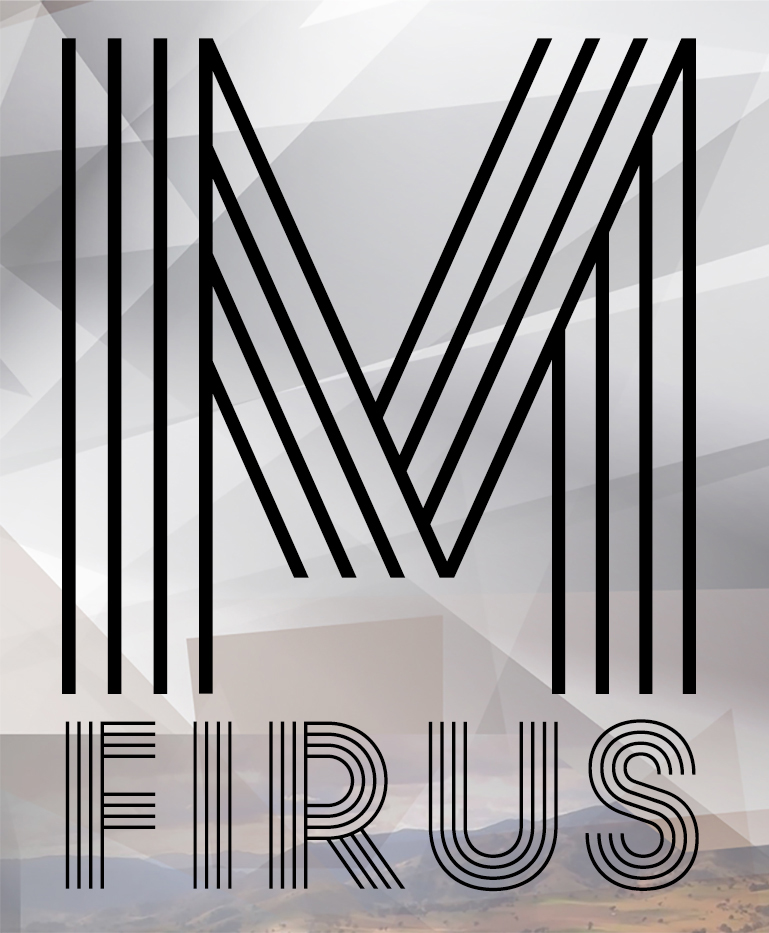Group submission of practical project 1
This blog post is the official group submission of practical project 1 jointly made by:
Lydia Watt s3602840@student.rmit.edu.au
Jake Kenner s3601447@student.rmit.edu.au
Alexander Wilson s3600705@student.rmit.edu.au
Jeremy Nguyen s3646074@student.rmit.edu.au
Michael Firus s3604687@student.rmit.edu.au
Submission video:
Documentation:
Group reflection:
For part one of our group work, our group grabbed all the lights we owned, a couple of cars, Michael’s Ronin and a small smoke machine and flooded a church carpark with smoke and light. So much smoke, in fact, that a long range drone flew overhead at one point, just to scare us. We were very lucky to be using a camera that works amazingly well in low light, as one of our early concerns was light level in the dark. In truth even without the camera we had, the lights we were using held their own against the night sky and the black setting and costumes. Michael’s script was simple enough and very well constructed for the space we were shooting in, which is rare but welcome given the task was designed to give us the opportunity to experiment with lighting. We arrived at the space and discovered a number of things, firstly Jake’s battery powered LED panels are very light and great for just picking up and moving when things don’t look just right but also they’re extremely bright and have a CRI of above 95, which is really necessary, especially when shooting with other lights and you need to have control over how they all look together. Also the ability to dial the temperature from 3200K to 5600K is very useful (granted this is a smaller degree than other more expensive LEDs however, a very commendable effort given their size and portability).
Also the LEDs are dimmable which meant that we could get the lights really close to the actors for close ups inside the car and control the lights easily to look the same as the long shots with the really massive “moon” key light. We decided a few times to diffuse the already very soft light, for the sake of creating some spill on the pavement with which to bounce back up on to the subjects to give them a little bit more illumination. We found when shooting at night that the background was disappearing completely into the darkness behind the actors. To combat this, we used Michael’s smaller on-camera LED panel and moved it onto a tripod and just pointed it at the background of the shot to illuminate it just enough to be visible behind the properly lit subjects. We still wanted to maintain a good amount of separation between the subject, the car and the background without making the background too bright and throwing off the night aesthetic. The Ronin was beautiful to work with, however, it was very heavy after a while operating it, as we discovered. We didn’t have enough crew to operate sound properly, so we mounted the microphone to the rig as well as the recorder.
This added a substantial amount of weight to the entire rig and made it somewhat top-front heavy too which meant that the most natural way to operate the Ronin was from the bottom with the ring handles. We knew instantly that mounting the microphone on the camera would result in poor audio quality however, it was a lighting exercise and we decided it was more important to have someone operating the hazer.
In an ideal world we would have had a wireless focus puller to help the camera on the gimbal focus more accurately. Sometimes as the camera was in autofocus it hunted a little bit as it was trying to focus on what was centred in the frame but the autofocus just couldn’t keep up with the camera move that was being executed. It also would have been excellent to do a wetdown of the location prior to shooting to really help add depth to the scene and also help justify the smoke a bit better. Overall what we achieved left us with plenty of room to fix the haze thickness in our second exercise and also to try something new having created something that we were very happy with as a team.
Screenplay:

